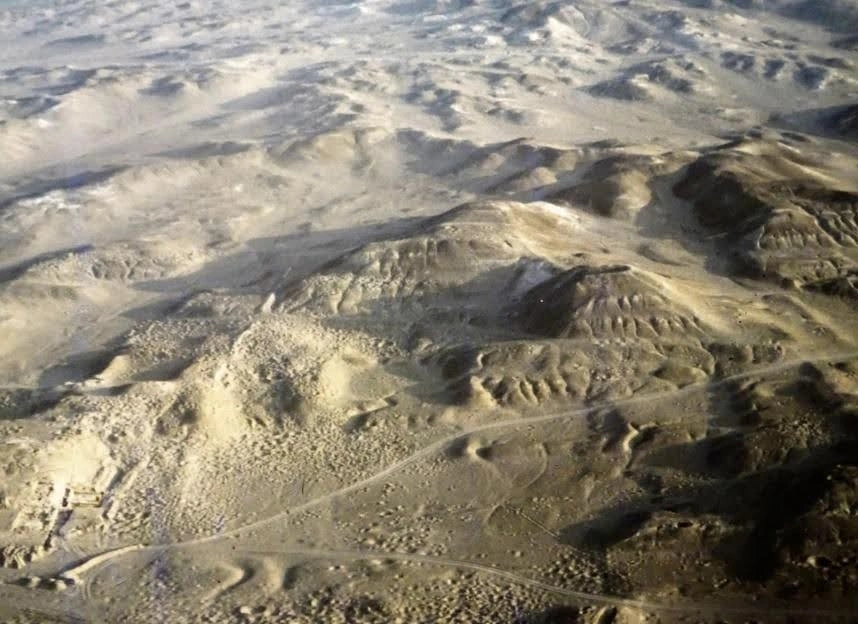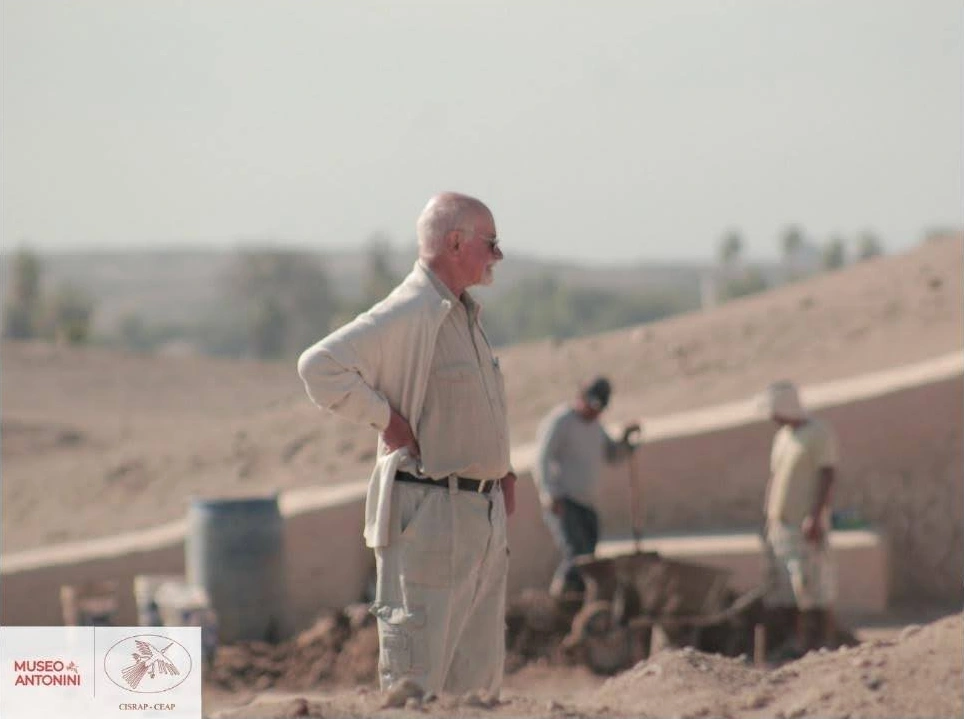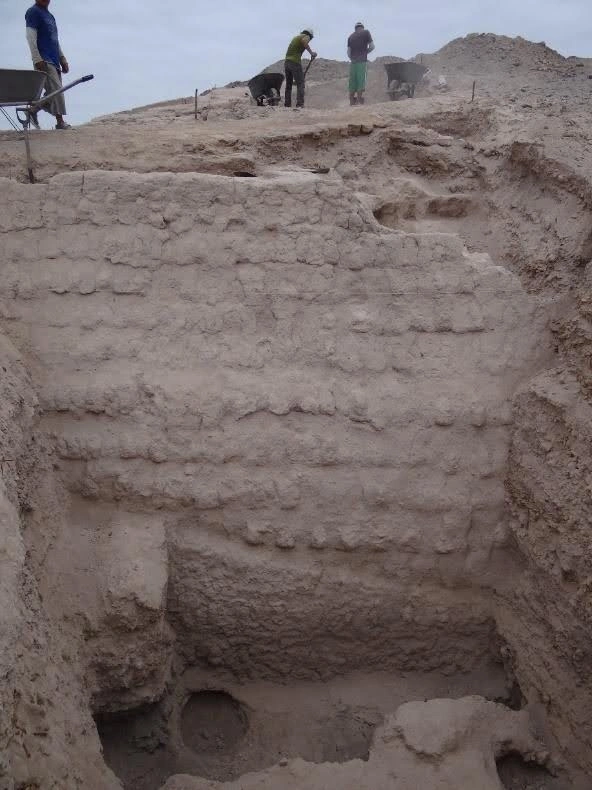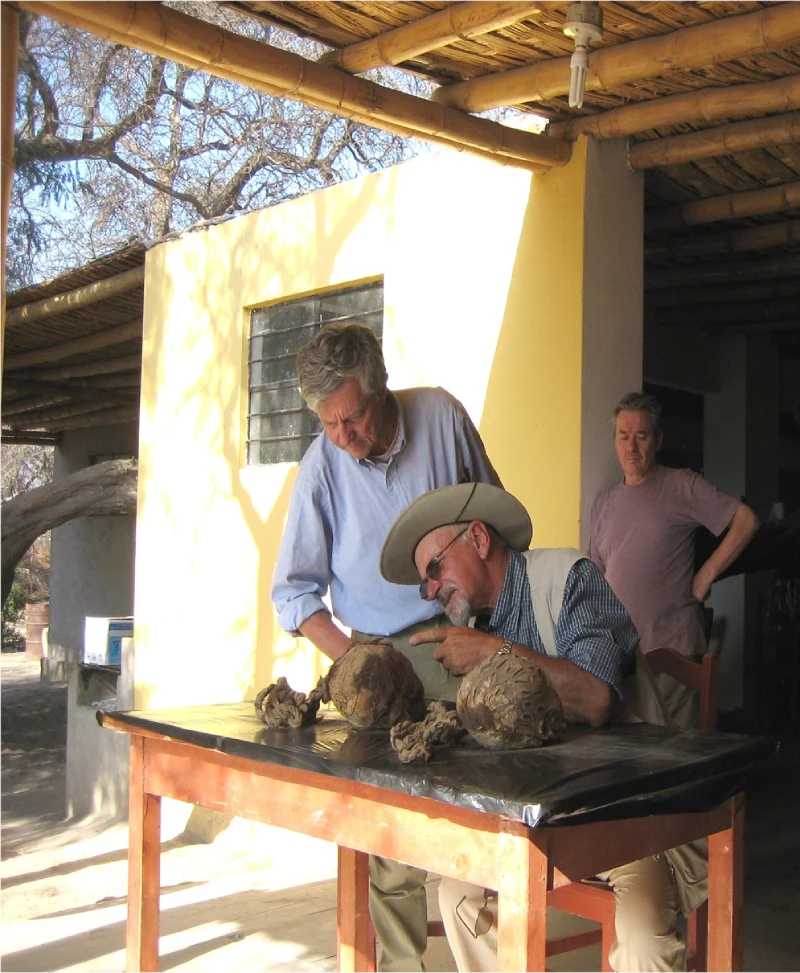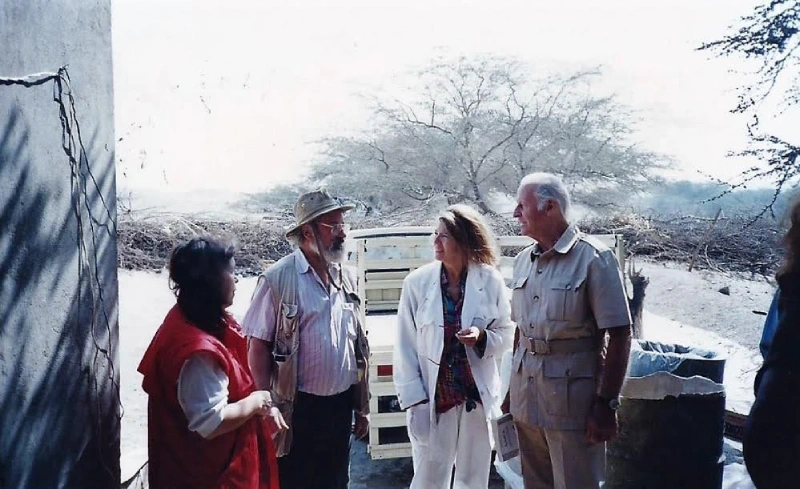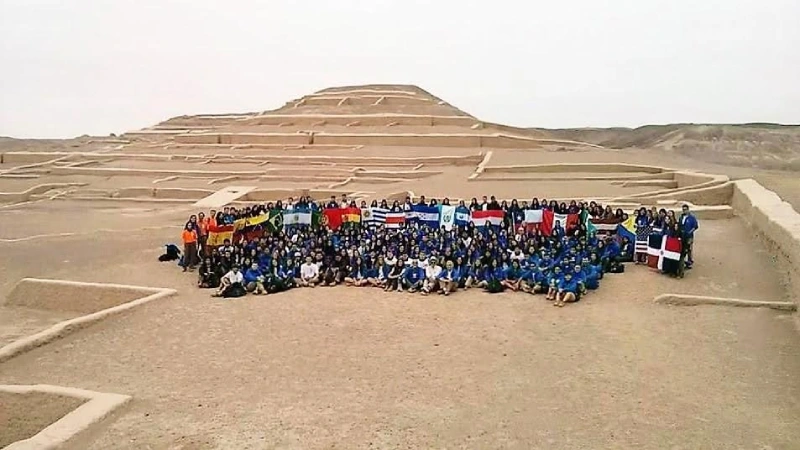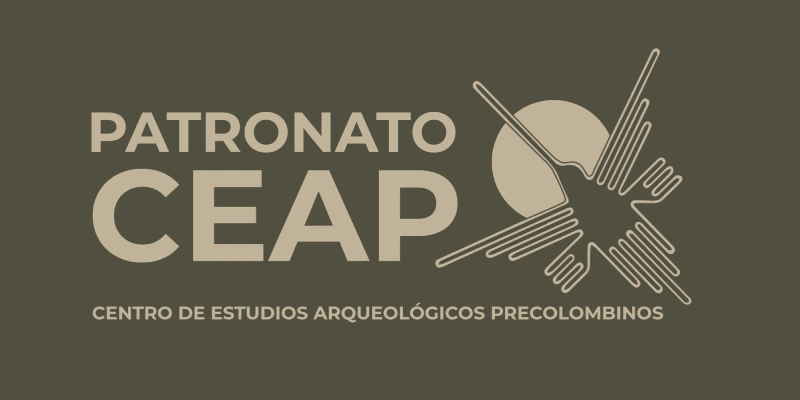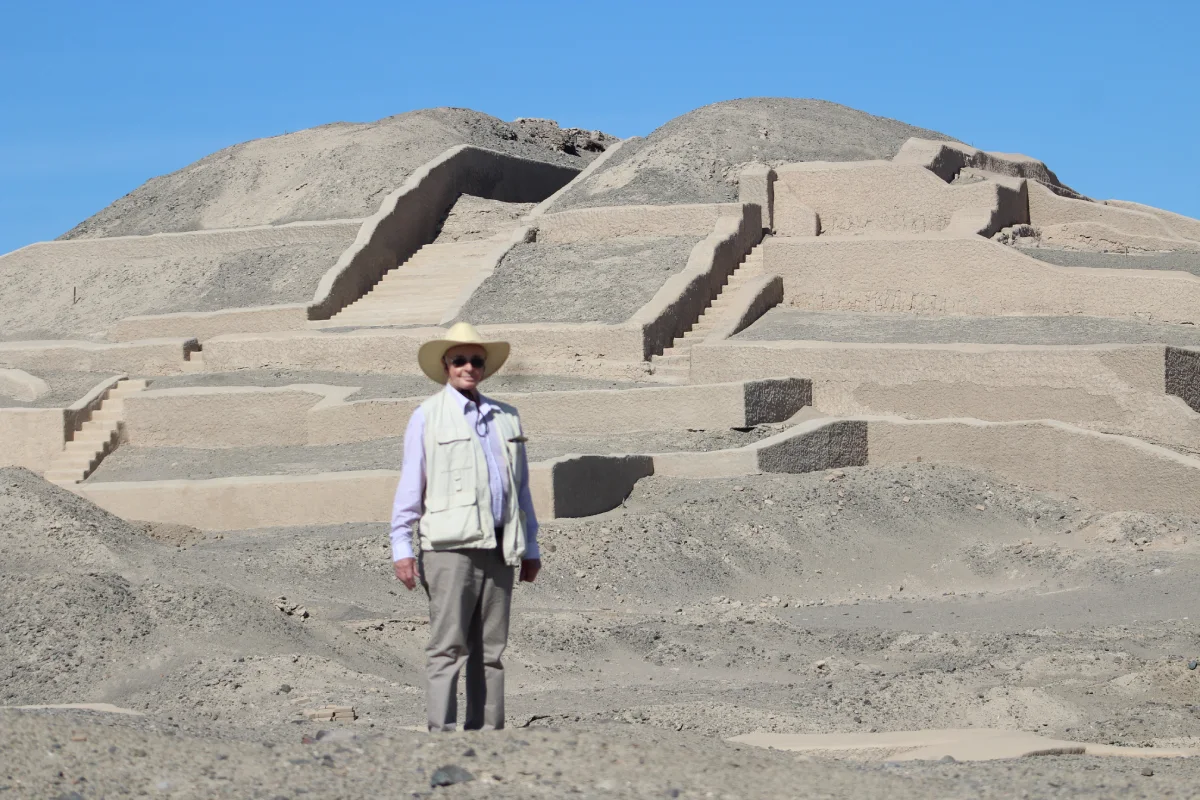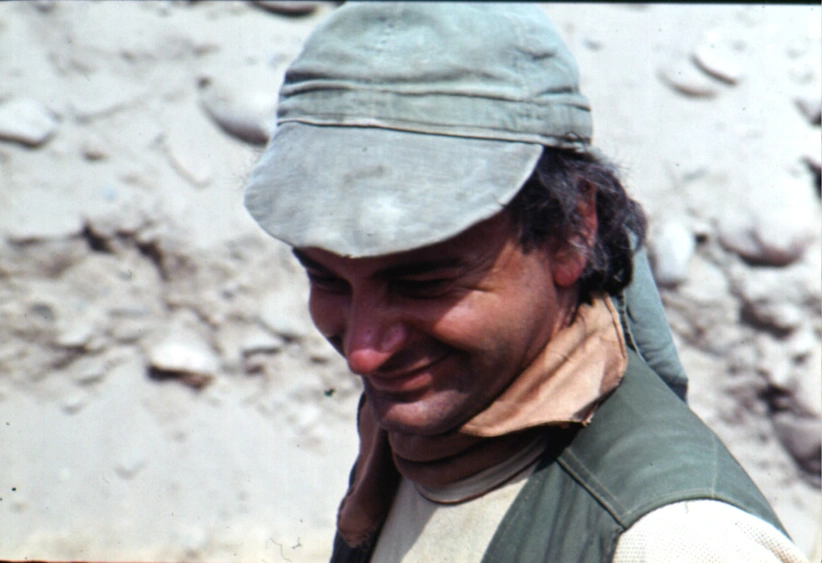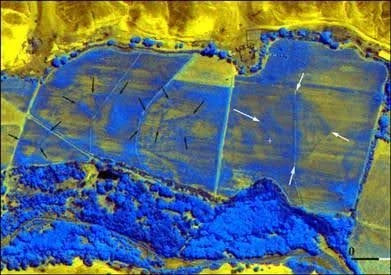Over the past four decades, Cahuachi has gradually emerged from the earth and has drawn the interest of many archaeologists, anthropologists, and scholars from the world’s most prestigious universities, as well as major cultural and television networks. National Geographic produced five documentaries, while Discovery Channel created three specials dedicated to Giuseppe’s work (Mexico 1997, Cahuachi 1998, Easter Island 2000). Other productions came from BBC, Arte France, Gédeon, and the aforementioned TBS Japan in 2008 and 2009, the latter resulting in a film awarded at the Rassegna Internazionale di Cinematografia Archeologica in Rovereto in 2010.
International Recognition
In Italy, Giuseppe is undoubtedly a well-known and respected figure. He has received, and continues to receive, numerous honors—so many that it would be impossible to list them all here—including Man of the Year in 2003 and his appointment as Cavaliere della Repubblica Italiana, among others.
In the Shadows in Peru
Meanwhile, for the general Peruvian public, and even for people considered educated and well-informed in our country, Giuseppe, the CEAP, the Antonini Museum, and Cahuachi itself have remained in the shadows—ignored or, at best, only faintly known.
Only recently, thanks to the Patronato led by Nasca native Carlos Santa Cruz Bendezú and the efforts of a group of local figures concerned about the future of Cahuachi and the Museum, a process of dissemination has begun, slowly but steadily raising awareness.
Words from Giuseppe Orefici
In the words of Giuseppe Orefici (conversation held in December 2024):
“There is something truly important and special when one approaches a people, a civilization that no longer exists, like that of the Nasca. A people who left a blank page in history, a page that was never written. A people seemingly distant in time, two thousand years ago, but who deserve to be given their rightful value. To give a face to those who built Cahuachi, the lines, the aqueducts, and the beautiful pieces in ceramics or textiles—to the people of Nasca. That is very, very important in order to have a vision less confined to immediate reality, less narrow, if you will. To look forward, yes, but also backward. Helping those who lived and died two thousand years ago to have their own history, their own page in History.”
Graphic Gallery
(This post includes a brief graphic gallery that may be helpful in understanding the meaning of Cahuachi and the work carried out up to the present day).
